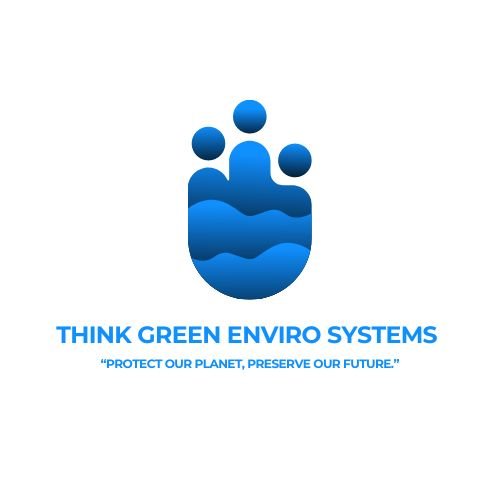Complete Your Environmental Clearance Formalities Swiftly, and Efficiently with Think green enviro systems ,
At Think Green Enviro Systems, we are dedicated to making the environmental clearance process seamless for your business. Our comprehensive services and expert guidance ensure you meet all regulatory requirements efficiently.

What is Environment Clearance?
Any project listed under the Environment Impact Assessment (EIA) Notification of 2006, whether new or existing, must receive the Environment Clearance (EC) permission. This covers sectors and building initiatives that, before moving further, must assess their possible effects on the environment. The Environmental Impact Assessment (EIA) process evaluates proposed projects’ environmental effects, taking into account socioeconomic, cultural, and public health aspects in addition to potential positive and negative environmental effects. The project will be more ecologically friendly and sustainable as a result of its early prediction of these effects and suggestions for mitigating their negative effects.
- Sustainable Development: EIA links projects with sustainable development objectives, helping decision-makers analyze the environmental impacts before implementation.
- Mitigation Strategies: Encourages project proponents to include cost-effective measures to minimize adverse impacts.
- Ecosystem Balance: Ensures human activities remain within the local ecosystem’s capacity for assimilation and regeneration.
- Informed Decisions: EIA reports help authorities grant or reject EC applications based on comprehensive environmental, social, and economic impacts.
Categorization of Projects
Projects are categorized based on their potential impact and size:
- Category A: Requires clearance from the Central Authority.
- Category B: Divided into B1 (requires EIA) and B2 (exempted from EIA) categories, with clearance from State Authorities.
Documents Required for Environment Clearance
- Detailed Project Description
- Site/Layout Plan
- Proof of Installed Machinery
- Proof of Land Ownership
- ID Proof of Signatory
- Quality Test Report (if applicable)
- Proof of Mitigation Options Adopted
- Proof of Electricity and Water Connection
Stages in Environmental Clearance
- Screening (Category B projects): Determines if further environmental studies are needed.
- Scoping: Establishes Terms of Reference for the EIA (applicable to Category A and B1 projects).
- Public Consultation: Gathers concerns from local communities and stakeholders.
- Appraisal: The final EIA report is reviewed, and recommendations are made by MoEF&CC/SEIAA
Clearance Process for Existing Projects
Projects needing to expand, modernize, or alter their product mix need to reapply for EC. The duration of an EC varies according on the type of project (e.g., 5 years for other projects, 30 years for mining projects, and 10 years for river valley projects). Applications are reviewed within 60 days.
Post Environmental Clearance Monitoring
- Public Announcement: Category A projects must be announced in at least two local newspapers; Category B projects must be advertised in newspapers.
- Compliance Reports: Project management must submit half-yearly compliance reports to SEIAA by June 1st and December 1st each year.
One-Stop Solution for Environmental Clearance
Think Green Enviro Systems offers comprehensive support for all your environmental clearance needs, ensuring you meet all legal and procedural requirements efficiently.
Expert Solutions Every Step of the Way
Our team of domain experts provides guidance for your EIA report and liaises with environmental agencies to address any issues.
Unmatched Assistance
Our dedicated customer support team ensures smooth and swift communication, promptly addressing any queries or doubts to provide optimal solutions.
we will assist you 24/7
Quick Contact
Think Green Enviro Systems
Head Office
- Gupta Tower, M3 , 1th floor, Commercial Complex, Azadpur Delhi 110033
- +91 9667607283
- 011 4023 4707
- thinkgreenenvirosystems@gmail.com
